Finding effective methods to relieve stress is essential for maintaining our physical and mental well-being. One such method that has gained popularity in recent years is exercise.
Engaging in regular physical activity not only improves our physical fitness but also has numerous other benefits for our mental health, including stress reduction and improved mood. In this article, we will explore the various stress-relieving workouts you can do at home and the science behind their effectiveness.
Understanding the Connection Between Exercise and Stress Relief
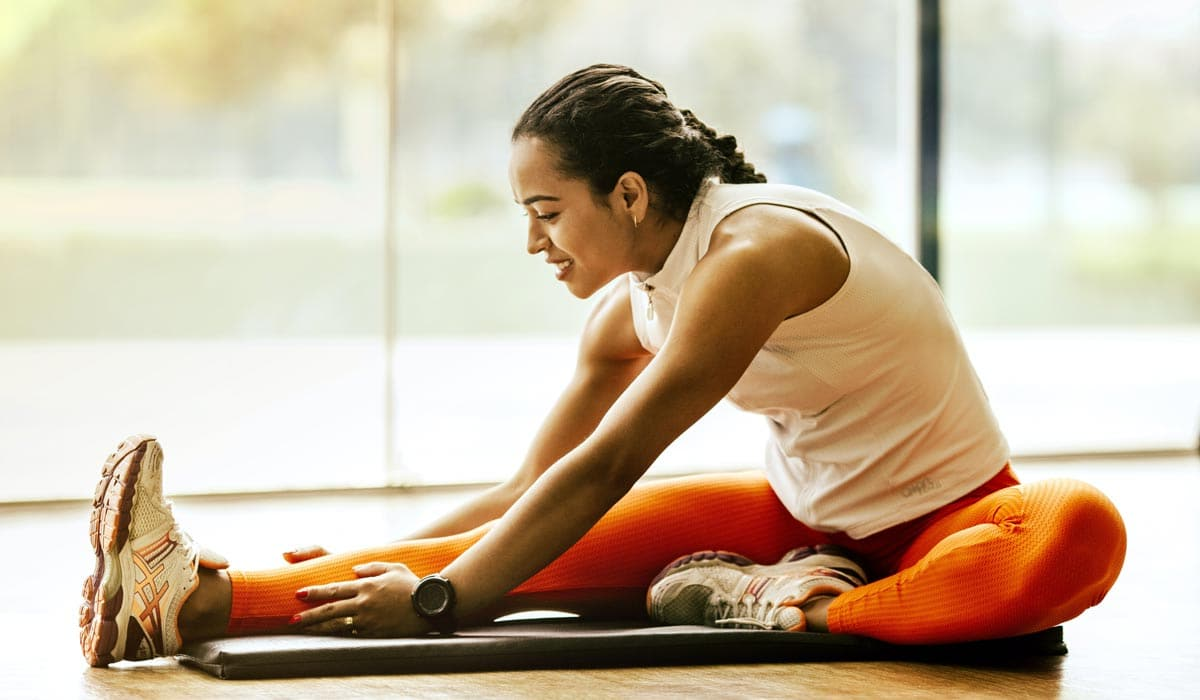
The relationship between exercise and stress relief has been widely studied, and the evidence overwhelmingly supports the positive impact of physical activity on our mental well-being. When we engage in exercise, our brain releases endorphins, often referred to as “feel-good” hormones.
These endorphins interact with receptors in our brain, reducing our perception of pain and triggering positive feelings, similar to the effects of opioids. As a result, exercise can help alleviate symptoms of anxiety and depression, while also boosting our mood and overall quality of life.
The Science Behind Exercise and Stress
Research has shown that exercise has powerful effects on the body’s stress response system. When we experience stress, our body releases stress hormones such as cortisol and adrenaline. These hormones activate our fight-or-flight response, preparing our body for potential danger.
However, chronic stress can lead to various health issues, including cardiovascular problems, weakened immune system, and mental health disorders.
Regular physical activity helps regulate the release of stress hormones, reducing their overall levels in our body. Exercise also stimulates the production of endorphins and other neurotransmitters, such as serotonin and dopamine, which play a crucial role in mood regulation. These neurochemicals promote relaxation and a sense of well-being, counteracting the effects of stress hormones.
Why Home Workouts are Effective for Stress Relief
While gyms and fitness centers offer a wide range of exercise options, home workouts can be just as effective for stress relief, if not more. The convenience and accessibility of home workouts eliminate the barriers often associated with going to a gym, such as time constraints and long commutes.
Additionally, exercising in the comfort of our own home provides a sense of privacy and allows us to create a personalized environment that caters to our preferences. Whether it’s playing our favorite music, wearing comfortable attire, or setting up a peaceful space, these factors can enhance the stress-relieving and mental benefits of our workouts.
Furthermore, home workouts offer flexibility in terms of scheduling. We can exercise at any time that suits our needs, whether it’s early in the morning, during lunch breaks, or in the evening. This flexibility allows us to integrate exercise seamlessly into our daily routine, reducing the stress of trying to find time for physical activity.
Another advantage of home workouts is the ability to customize our exercise routine. We can choose activities that we enjoy and that align with our fitness goals. Whether it’s yoga, dancing, strength training, or cardio exercises, having the freedom to select our preferred exercises can make the workout experience more enjoyable and effective in reducing stress.
Moreover, home workouts provide an opportunity to involve our family members or roommates. Exercising together can create a sense of camaraderie and support, making the workout session more enjoyable and motivating. It also allows us to spend quality time with our loved ones while engaging in a healthy activity that benefits both our physical and mental well-being.
Lastly, home workouts can be cost-effective. While gym memberships and fitness classes can be expensive, home workouts require minimal or no equipment, depending on the chosen exercises. There are numerous online resources, apps, and workout videos available for free or at a low cost, providing a wide range of exercise options to suit different preferences and fitness levels.
Exercise has a profound impact on stress relief and mental well-being. Whether it’s through the release of endorphins, regulation of stress hormones, or the creation of a personalized and convenient workout environment, physical activity offers numerous benefits for reducing stress.
Home workouts, in particular, provide a flexible, customizable, and cost-effective option for incorporating exercise into our daily lives, enhancing the positive effects on our mental health and human services.
Essential Elements of a Stress-Relieving Workout
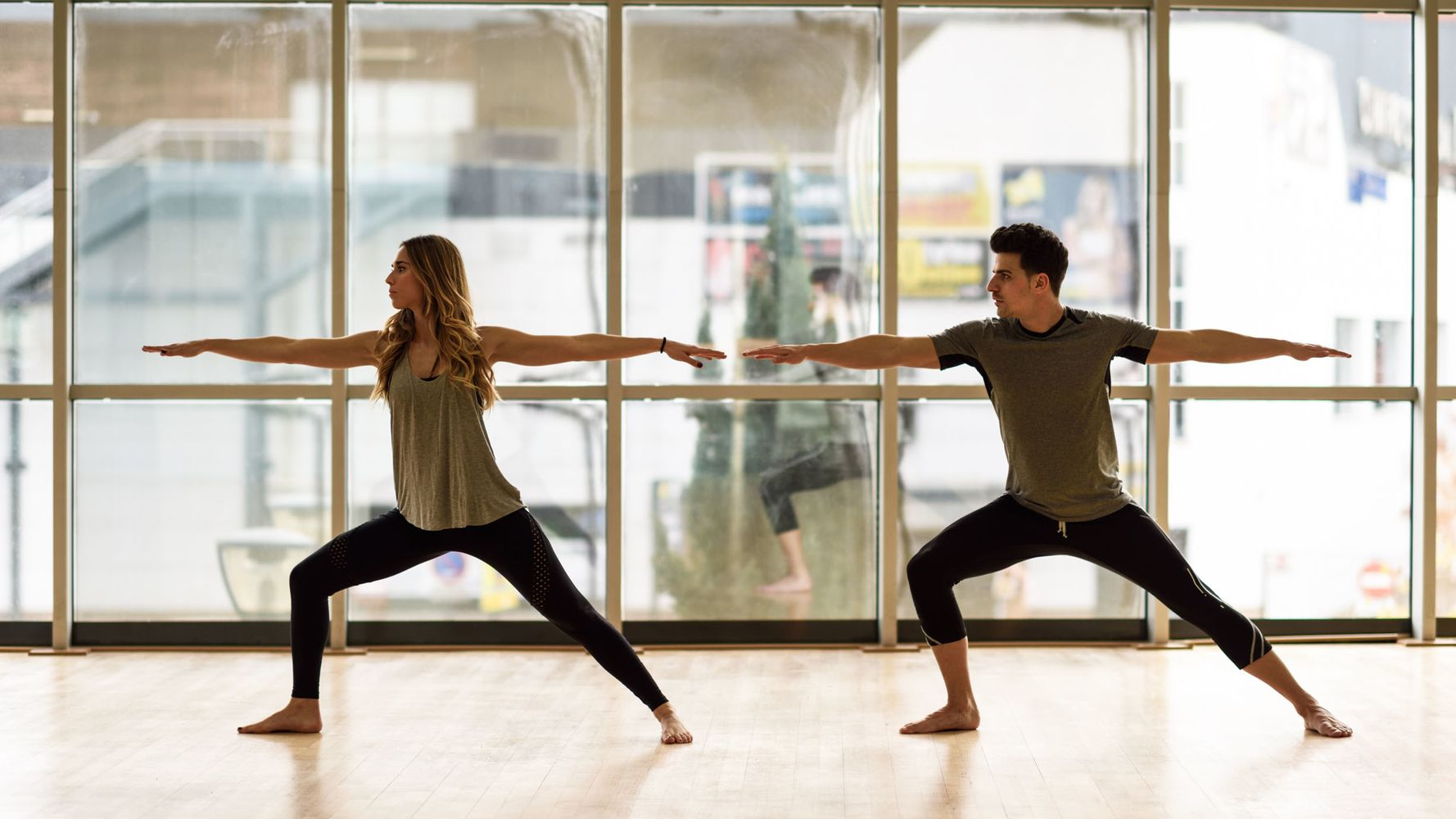
While any form of physical activity can contribute to stress reduction, incorporating specific elements into our workouts can maximize their effectiveness in easing stress further. Let’s explore two essential elements of a stress-relieving workout: warm-up and cool-down, and the balance between cardio and strength training.
Importance of Warm-Up and Cool-Down
Prior to engaging in any physical or aerobic activity, it’s crucial to warm up the body. Warm-up exercises increase blood flow to the muscles, raise body temperature, and prepare the body for more intense movements. By gradually increasing the heart rate and flexibility, a proper warm-up helps prevent injuries and enhances the overall effectiveness of the workout.
During the warm-up phase, it is beneficial to incorporate dynamic stretching exercises that target major muscle groups. This not only helps to improve flexibility but also activates the muscles, preparing them for the upcoming workout. Additionally, incorporating light aerobic exercises, such as jogging in place or jumping jacks, can further elevate the heart rate and warm up the cardiovascular system.
Similarly, a cool-down period is essential to gradually lower the heart rate and bring our body back to its resting state. This helps prevent dizziness and muscle soreness while facilitating the recovery process. Including stretches and gentle movements during the cool-down can also promote relaxation and further alleviate stress from tense muscles.
Stretching exercises during the cool-down phase can help improve flexibility and prevent muscle tightness. Holding each stretch for 15-30 seconds allows the muscles to relax and lengthen, reducing the risk of post-workout stiffness.
Additionally, incorporating deep breathing exercises during the cool-down can provide stress relief, help calm the mind and promote a sense of relaxation.
Balancing Cardio and Strength Training
For an effective stress-relieving workout, it’s ideal to include a combination of cardiovascular exercises and strength training. Cardiovascular exercises, such as running, cycling, or dancing, elevate the heart rate and promote the release of endorphins. They also improve blood circulation, which ensures oxygen and nutrients are efficiently transported throughout the body.
Engaging in cardio exercises for at least 30 minutes, three to five times a week, can have significant stress-reducing benefits. These exercises not only help to burn calories and maintain a healthy weight but also stimulate the production of neurotransmitters, such as serotonin and dopamine, which are known to improve mood and reduce anxiety.
On the other hand, strength training exercises, such as weightlifting or bodyweight exercises, help build muscle strength and endurance. Strong muscles contribute to better posture, increased metabolism, and improved overall body composition. These physical changes can boost self-confidence and self-esteem, providing a positive impact on stress reducing anxiety levels.
Incorporating strength training exercises into your workout routine two to three times a week can help improve muscle tone and increase bone density. It is important to focus on different muscle groups during each session to ensure a balanced and well-rounded workout.
Additionally, using proper form and gradually increasing the intensity and resistance of the exercises can help prevent injuries and promote optimal results from resistance training.
Remember, finding the right balance between cardio and strength training is key. While cardio exercises provide cardiovascular benefits and improve mood, strength training exercises help build a strong foundation and enhance overall physical performance. By combining both elements in your stress-relieving workout routine, you can experience a holistic approach to fitness and well-being.
Top Stress-Relieving Workouts to Try at Home
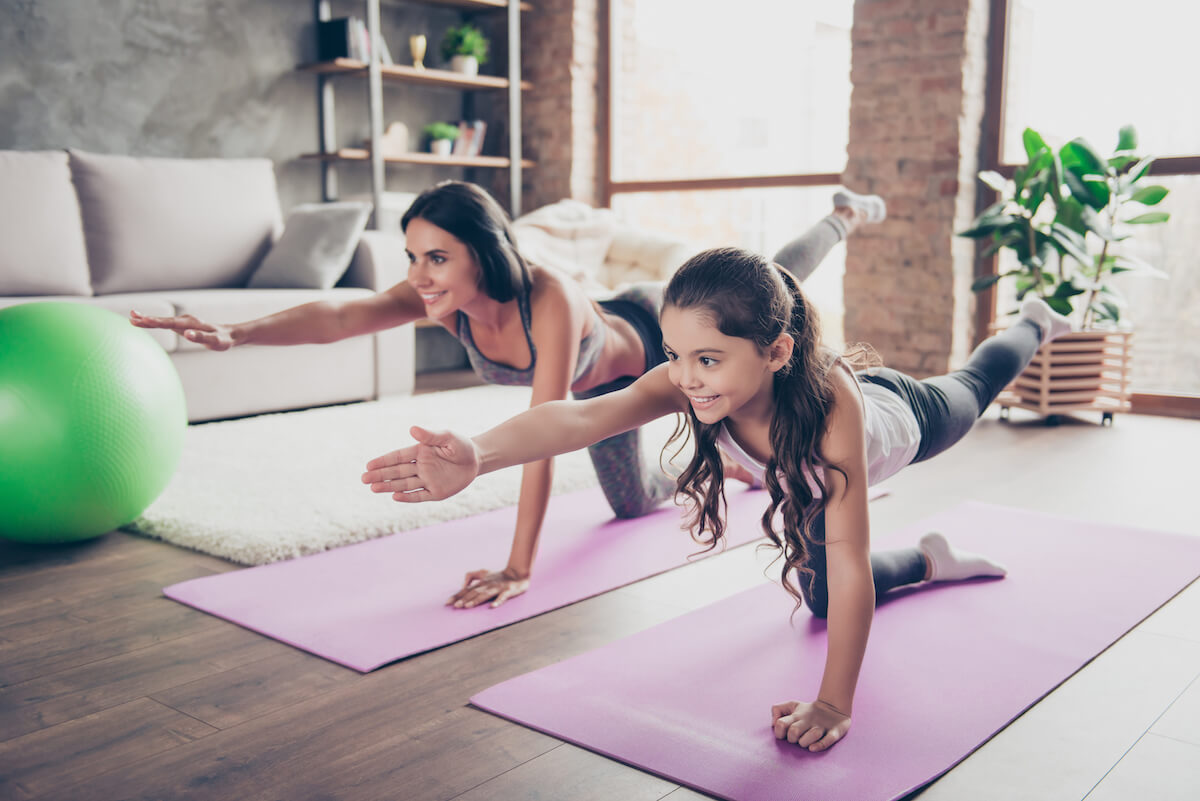
Now that we have discussed the importance of exercise in everyday life and the key elements of a stress-relieving workout, let’s explore some popular workouts that can be done in the comfort of your own home.
Exercise is not only beneficial for physical health but also for brain health and plays a vital role in managing stress and promoting mental well-being. Engaging in regular physical activity helps reduce the production of stress hormones, such as cortisol, and stimulates the release of endorphins, which are known as the “feel-good” hormones.
Yoga for Stress Relief
Yoga has long been recognized for its ability to ease stress, relieve pain and promote relaxation and inner peace. Combining physical postures, breathing exercises, and meditation, yoga helps reduce stress by calming the mind and releasing tension from the body. Regular yoga practice has been shown to lower cortisol levels, improve sleep quality, and enhance overall well-being.
When practicing yoga at home, you have the freedom to create a serene environment that suits your preferences. You can light scented candles, play soothing music, or even incorporate essential oils to enhance the calming effect of your practice.
Whether you’re a beginner or an experienced yogi, there are numerous online resources and video tutorials available to guide you through different yoga sequences and help you find the perfect flow for stress relief.
High-Intensity Interval Training (HIIT) for Stress Reduction
High-Intensity Interval Training (HIIT) is a time-efficient workout method that alternates between short bursts of intense exercise and brief recovery periods. HIIT workouts have been found to trigger the release of endorphins, similar to traditional cardiovascular exercises, while also boosting metabolism and improving cardiovascular fitness.
Additionally, the intense nature of HIIT workouts often serves as a distraction from daily worries and stressors, allowing individuals to focus on the task at hand and experience a sense of accomplishment.
HIIT workouts can easily be modified to suit your fitness level and preferences. You can incorporate bodyweight exercises, such as burpees, jumping jacks, or mountain climbers, or use equipment like dumbbells or resistance bands to add an extra challenge. The best part about HIIT workouts is that they can be completed in a short amount of time, making them perfect for those with busy schedules or limited workout space.
Pilates for a Calm Mind
Pilates is a low-impact exercise method that focuses on core strength, flexibility, and body awareness. While Pilates may not be as intense as other forms of exercise, it can provide significant stress relief by promoting mindfulness and emphasizing the mind-body connection. The controlled movements and precise techniques require concentration and provide a sense of calm and relaxation.
When practicing Pilates at home, you can create a peaceful atmosphere by dimming the lights, using a comfortable mat, and playing soft instrumental music. Pilates exercises can be modified to accommodate different fitness levels, making it accessible to individuals of all ages and abilities.
Whether you prefer a mat-based routine or want to incorporate Pilates equipment, such as a stability ball or resistance bands, there are plenty of online resources available to guide you through a stress-relieving Pilates workout.
Remember, the key to finding the right stress-relieving workout is to choose an activity that you enjoy and that suits your individual needs. By incorporating regular exercise into your routine, you can not only manage stress but also improve your overall physical and mental well-being.
Incorporating Mindfulness into Your Home Workout
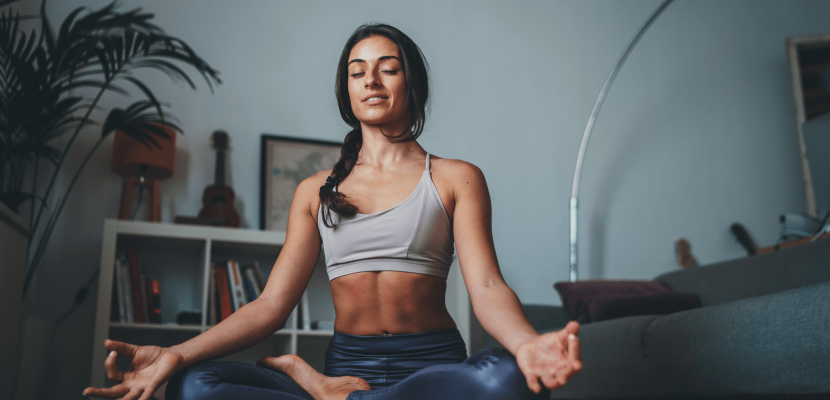
While exercise alone can be a powerful stress-relieving tool, combining it with mindfulness techniques can further enhance its benefits. Mindfulness involves focusing our attention on the present moment and accepting it without judgment. By incorporating mindfulness into our workouts, we can cultivate a deeper mind-body connection and promote a greater sense of inner peace.
When it comes to incorporating mindfulness into your home workout routine, there are several techniques you can try. One effective method is to start your workout with a short mindfulness meditation. Find a quiet space where you can sit comfortably and take a few moments to focus on your breath. Notice the sensation of each inhale and exhale, allowing your mind to settle into the present moment.
The Role of Breathing in Stress Relief
Deep breathing exercises are an excellent way to incorporate mindfulness into any type of physical activity. By consciously focusing on our breath and taking slow, deep inhalations and exhalations, we activate the body’s relaxation response. This helps slow down our heart rate, lower blood pressure, and reduce muscle tension, effectively mitigating the physical manifestations of mental stress. Dedicate a few minutes before, during, and after your workouts to practice deep breathing techniques and notice the calming effect it has on both your body and mind.
Another way to incorporate mindfulness into your home workout is to pay attention to the sensations in your body as you move. Notice how your muscles engage and the way your body feels with each exercise. By using flowing body movements and bringing your awareness to these physical sensations with repetitive movement, you can deepen your connection to your body and enhance the overall mindfulness of your workout.
Mindful Movement for Better Mental Health
While engaging in your chosen home workouts, strive to maintain a mindful approach to movement. Pay attention to how your body feels, the muscles being engaged, and the sensation of each movement. Let go of distracting thoughts and fully immerse yourself in the present moment. This mindful awareness not only enhances the mind-body connection but also helps quiet the mind and relieve stress.
Additionally, incorporating mindfulness into your home workout routine can help you develop a greater sense of gratitude for your body and its capabilities. Take a moment to appreciate the strength and flexibility you have as you move through each exercise. By cultivating gratitude, you can shift your mindset from focusing on what your body lacks to embracing and celebrating what it can do.
Remember, mindfulness is a practice that takes time and patience to develop. Be gentle with yourself as you incorporate these techniques into your home workout routine. With consistent practice, you will gradually deepen your mind-body connection and experience greater benefit from the transformative power of mindfulness in your physical and mental well-being.
Maintaining Consistency in Your Home Workout Routine
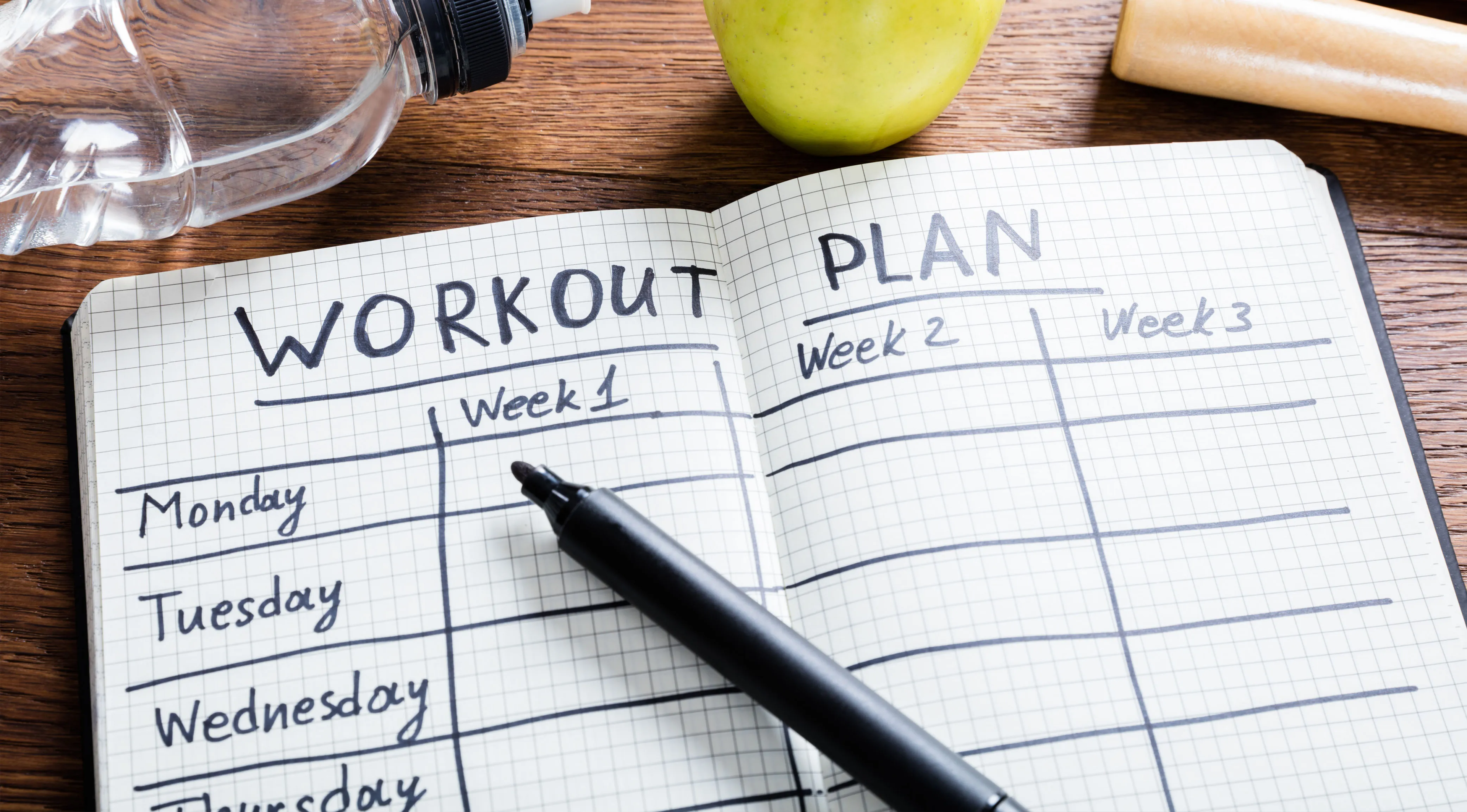
Consistency is key when it comes to reaping the stress-relieving benefits of exercise. Establishing a regular workout routine requires commitment and planning. Here are some tips to help you maintain consistency and overcome common obstacles:
Setting Up a Workout Schedule
Create a workout schedule that aligns with your daily routines and commitments. Block out specific times for exercise and treat them as non-negotiable appointments with yourself. By having a predetermined schedule, you are more likely to follow through and make exercise a priority.
Additionally, consider incorporating variety into your workouts. Trying different exercises and workout styles can keep you engaged and motivated, preventing boredom from hindering your routine.
Overcoming Common Obstacles to Regular Exercise
Identify the common obstacles that may hinder your ability to exercise regularly and find the best exercises and strategies to overcome them. Lack of time, fatigue, or feeling overwhelmed are some common barriers to maintaining consistent workouts.
Allocate shorter workout sessions on busier days or opt for high-intensity workouts that are time-efficient. Incorporate rest days into your routine to allow your body to recover and prevent burnout. By addressing these obstacles proactively, you can establish a sustainable workout routine that supports your stress relief goals.
The Long-Term Benefits of Regular Exercise on Stress Management

Engaging in stress-relieving workouts at home can have long-term health benefits beyond immediate stress reduction. Regular exercise can positively influence various aspects of our well-being, leading to an overall improvement in overall health and stress management.
Improved Sleep Quality
Individuals who exercise regularly often experience improved sleep quality. Physical activity increases the time spent in deep sleep, which is essential for restoration and rejuvenation. Quality sleep is vital for stress recovery and can significantly impact our ability to cope with daily challenges.
Enhanced Mood and Energy Levels
Exercise has been found to elevate mood and increase energy levels. The release of endorphins during physical activity triggers feelings of happiness and euphoria, counteracting the negative effects of stress hormones. Regular exercise can also enhance cognitive function, including memory and attention, leading to better overall mental performance.
In conclusion, stress-relieving workouts you can do at home offer a convenient and effective way to manage stress and promote both physical and mental well-being. The science behind exercise and stress reveals the powerful impact of physical activity on our stress response system, neurotransmitter balance, and overall mental health.
Whether you choose a yoga class, HIIT workouts, Pilates, or any other activity, incorporating mindfulness and maintaining consistency and regular routine are key to optimizing the stress-relieving benefits. By taking the time to prioritize your well-being through regular home workouts, you can create a healthier and more balanced lifestyle.

